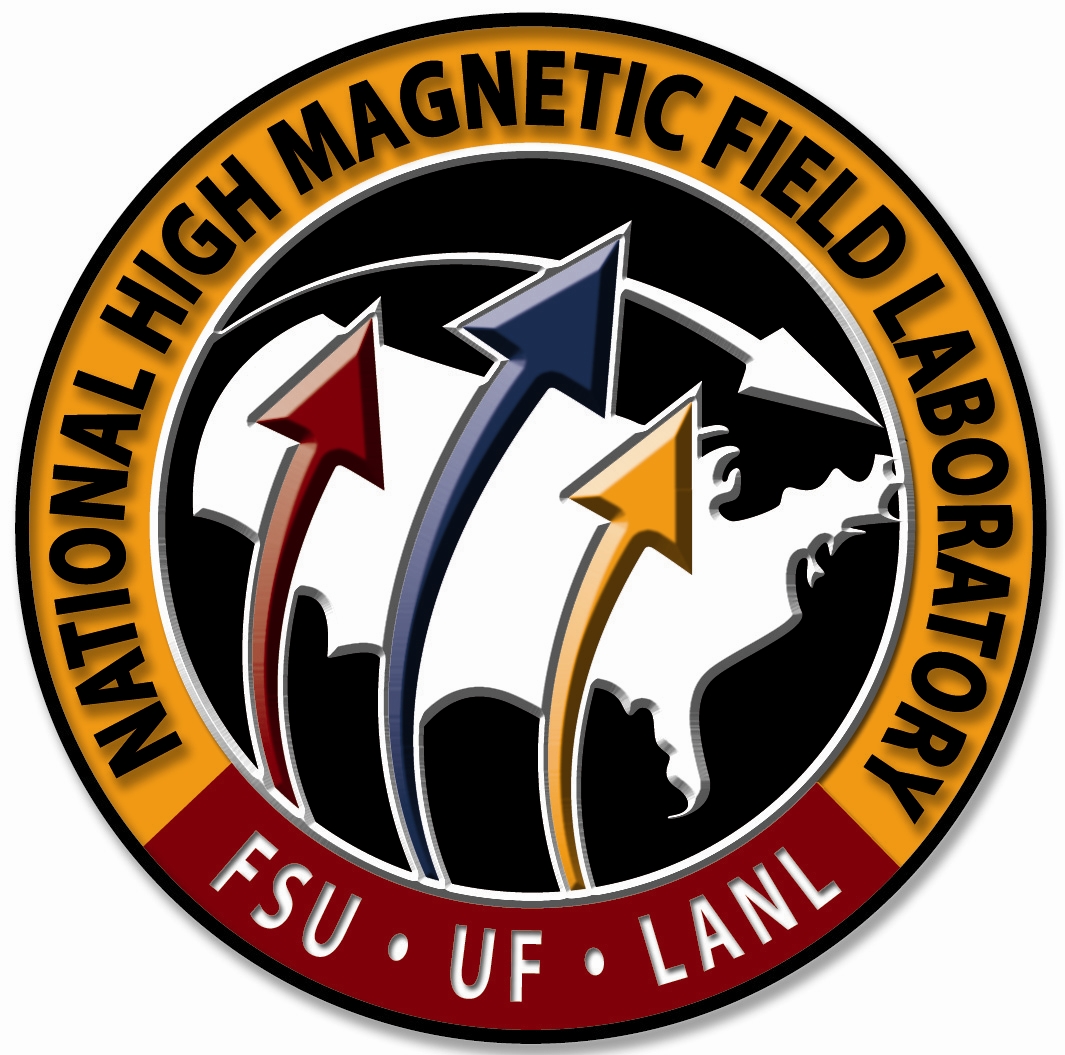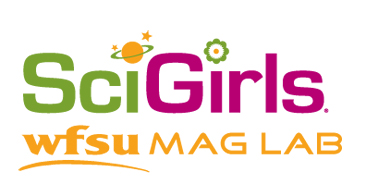Center for Integrating Research and Learning (CIRL)
Introduction to CIRL and the MagLab

The Center for Integrating Research and Learning (CIRL) facilitates all educational and community outreach for the National High Magnetic Field Laboratory (MagLab). The MagLab is funded by the National Science Foundation and the State of Florida in a unique federal/state partnership model. Headquartered at a 370,000-square foot facility at Florida State University (FSU) in Tallahassee, the MagLab also has sites at Los Alamos National Laboratory and the University of Florida in Gainesville. Together these three institutions operate the largest and highest powered magnet laboratory in the world, collaborating in a unique, interdisciplinary way to advance basic science, engineering, and technology in the 21st century. CIRL helps the MagLab accomplish its missions of expanding scientific literacy and encouraging interest in, and the pursuit of, scientific studies among educators and students of all ages through connections between the National High Magnetic Field Laboratory and the National Science Foundation, the community of Tallahassee, the State of Florida, and the nation. CIRL is funded in part by the National Science Foundation Division of Materials Research, DMR 0654118. CIRL is also partially supported by funds allotted to the lab from the State of Florida.
CIRL and SciGirls
One of the premiere informal science education programs for middle schools students facilitated by CIRL is the SciGirls program. SciGirls is the result of a partnership between the MagLab and Tallahassee’s local public television station, WFSU. SciGirls began in 2006 as part of a grant submitted by WFSU and several partner organizations including the MagLab) to the national SciGirls program, which funded the camp for the first two years. The funding included camp fees for all participants, teacher salaries, t-shirts, transportation, and entry fees. The camp originated as a strategy for exposing young women to STEM professionals. Certified teachers from local schools work with local scientists and engineers to plan and prepare hands-on activities that will make STEM relevant to students. These have included trips to the local animal shelter to watch a surgery, data collection with a marine biologist and her research team, building water filters with engineers, and creating their own video game apps.

The camp is two weeks long, and began with 16 5th- through 8th -grade girls participating. The following year the directors created two parallel camps so that SciGirls alumnae could continue to attend. Currently, the program runs two years of camp simultaneously with 16 girls in each: SciGirls I (for 5th and 6th graders) and SciGirls II (for 7th and 8th graders). The camp includes students from local elementary and middle schools as well as girls from south Florida, Maryland, Colorado, and even Spain! Interested girls must submit an application and include a recommendation letter from a science teacher. A committee (which includes the camp directors) reviews the applications and works to include a diverse variety of backgrounds and experiences among the accepted camp participants. The committee also ensures that a variety of schools are represented (e.g., public, private, home-schoolers, Title I schools, and charter schools).
Since 2006, 194 young women have participated in the program. After the initial funding was completed, the camp started charging a $400 fee, and also began seeking donations from local engineering firms to provide scholarship opportunities to students whose families might not be able to afford it. (The average total cost of running the camp is $25,000 each year.) As a result, Atkins Engineering has been supporting the SciGirls summer camp since 2008. In 2011, the MagLab also offered to support part of the camp expenses with $12,500 each summer, with WFSU providing in-kind support.
Evaluation of CIRL
CIRL conducts comprehensive evaluation of all of its programs. Methodologies include pre/post surveys that measure participants' STEM interest and perceptions of STEM and STEM research as well as surveys of the SciGirls' teachers and parents. The findings have provided insights that inform improvements to the programs each year. In addition, the evaluation results consistently show participants' increased interest in, and improved perceptions of, STEM.
In summer 2013 the program followed up with college-aged alumnae of the SciGirls camps by email, social media, and telephone. Fifty alumnae were identified as old enough to have already entered college or would be entering college in fall 2013, and we were able to determine the institutions attended by 37 of them (74%).
In 2009 and 2012 we also sent a longitudinal survey to all past participants, 60 of whom responded to one or both. Forty-nine of these participants (88%) listed a science or math course as one of their favorites in 2009 and/or 2012. Other questions on the survey protocol specifically addressed how the camp affected these students over time. For example, all of the respondents mentioned a positive effect of the camp on their interest, understanding, or motivation in STEM. Findings indicate that specifically having students interact with STEM professionals who can introduce them to a variety of careers through hands-on activities has a positive longitudinal effect on perceptions of STEM. The specific effects of the camp are listed in Table 1.
More information about the evaluation of SciGirls activities at CIRL can be found in the following reports:
- SciGirls Longitudinal Executive Summary 2006-2013
- SciGirls 2010 Executive Summary
- SciGirls 2009 Executive Summary
Table 1: Role that SciGirls participation had on respondents
| Effects of Camp | Tally | Total(n=60) |
| Increased interest in STEM | 60 | 100% |
| Learned about real-world applications of STEM | 26 | 43% |
| Learned about STEM careers | 20 | 33% |
| Motivated to take more advanced STEM courses | 9 | 15% |
| Motivated to pursue STEM careers | 8 | 13% |
| Improved concept that women can be successful in STEM | 7 | 12% |
| Increased confidence in STEM abilities | 6 | 10% |
| Participated in and learned about collaboration as it relates to STEM | 6 | 10% |
| Increased understanding of STEM | 4 | 7% |
Research Conducted at CIRL
In addition to the evaluation that informs program development and ensures accountability to our goals, we also conduct research on some dimensions of the programs. One study looks at the identity trajectories of SciGirls alumnae to better understand how students integrate their perceptions of STEM with their developing identities. This identity research is important for informing and expanding how the informal science education field and society writ large think about the so-called STEM pipeline, where there is still much work to be done to retain the participation of underrepresented minorities in STEM-related academic pursuits (e.g., women, African Americans, Hispanics, and Native Americans) at each educational transition.
Future Plans
CIRL and WFSU are working with local community representatives to broaden and deepen outreach efforts to underserved and often underrepresented minorities. These include a proposed SciGirls afterschool program that will focus on Title I elementary and middle schools. The directors of SciGirls are currently working closely with the FSU foundation to complete a feasibility study for the DuPont Foundation, which is interested in funding the program.